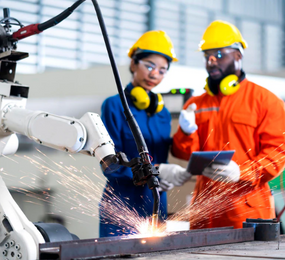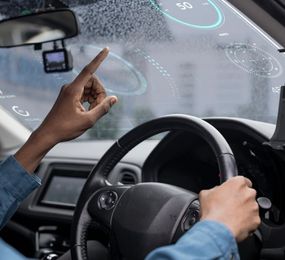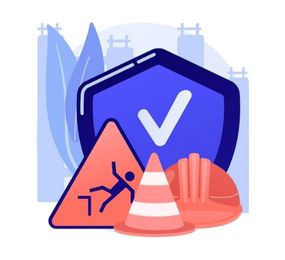The rapid advancement of autonomous vehicles (AVs) has brought with it a complex interplay of technological innovation and potential risks. While functional safety has traditionally focused on preventing physical harm, the increasing interconnectedness of vehicles has introduced new challenges in the form of cybersecurity threats. To address these challenges, a strong foundation in both functional safety and cybersecurity is essential.
The Interconnectedness of Cybersecurity and Functional Safety
Cybersecurity and functional safety are intrinsically linked in the context of autonomous vehicles. A successful cyberattack can compromise the vehicle's safety-critical systems, leading to severe consequences. Conversely, a failure in a functional safety system can create vulnerabilities that can be exploited by malicious actors.
The Role of ISO/SAE 21434
ISO/SAE 21434 is a groundbreaking standard that provides a comprehensive framework for cybersecurity risk management in the automotive industry. While its primary focus is on cybersecurity, it also recognizes the importance of functional safety. The standard emphasizes the need to consider cybersecurity risks throughout the entire vehicle lifecycle, from development to production and service.
Key aspects of ISO/SAE 21434 relevant to functional safety include:
- Risk assessment: Identifying and evaluating cybersecurity risks that could impact functional safety.
- Threat analysis: Assessing potential cyberattacks and their potential consequences on safety-critical functions.
- Security concepts: Defining security requirements and designing protective measures to safeguard vehicle systems.
- Security lifecycle management: Establishing processes for continuous monitoring, detection, response, and recovery from cyberattacks.
Ensuring a Holistic Approach
To effectively address the challenges posed by cybersecurity and functional safety, a holistic approach is required. This involves:
- Integrating cybersecurity into the functional safety lifecycle: Incorporating cybersecurity considerations into all phases of vehicle development.
- Collaboration between teams: Fostering collaboration between functional safety and cybersecurity experts.
- Continuous monitoring and improvement: Regularly assessing the cybersecurity posture of the vehicle and implementing necessary updates.
- Incident response planning: Developing comprehensive plans for responding to cyberattacks and minimizing their impact on functional safety.
Cybersecurity and functional safety are two sides of the same coin when it comes to autonomous vehicles. By adopting a robust cybersecurity framework, such as ISO/SAE 21434, automotive manufacturers can significantly enhance the overall safety and reliability of their vehicles. A strong foundation in both cybersecurity and functional safety is essential to build public trust and confidence in autonomous technology.
Register today to secure your spot, please check here: https://bit.ly/3zH7AKk
For more information and group participation, contact us: [email protected]
















